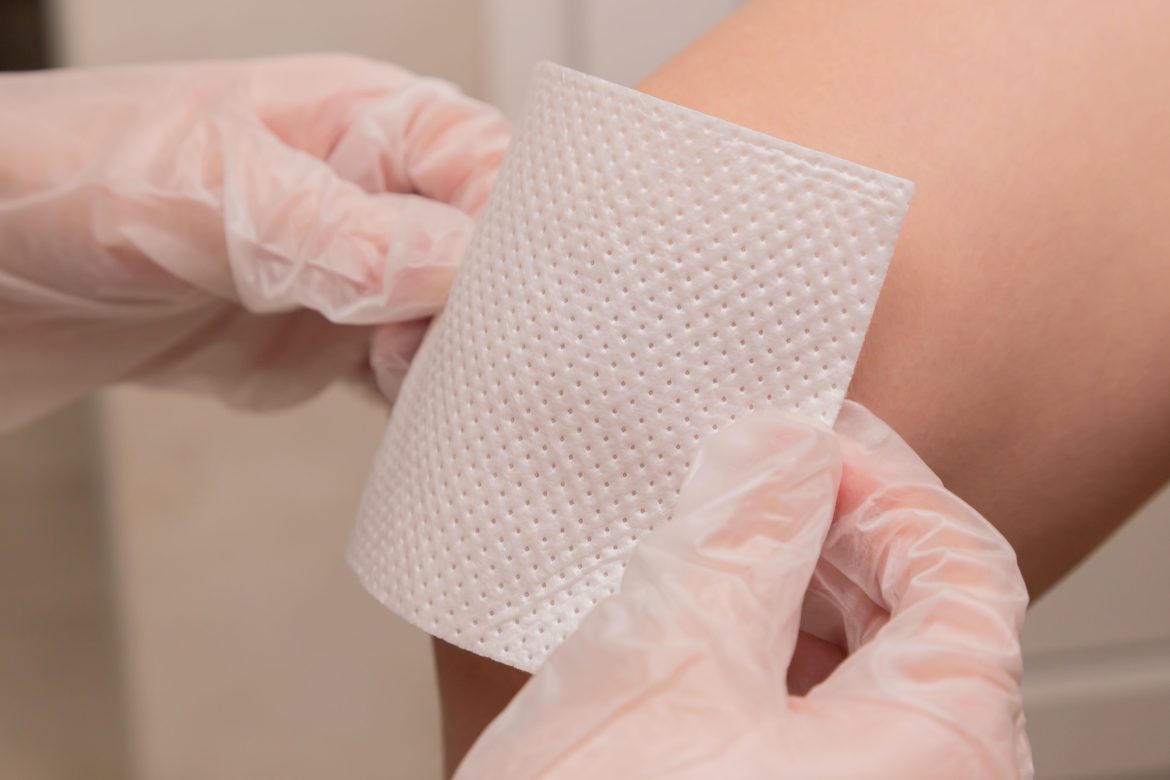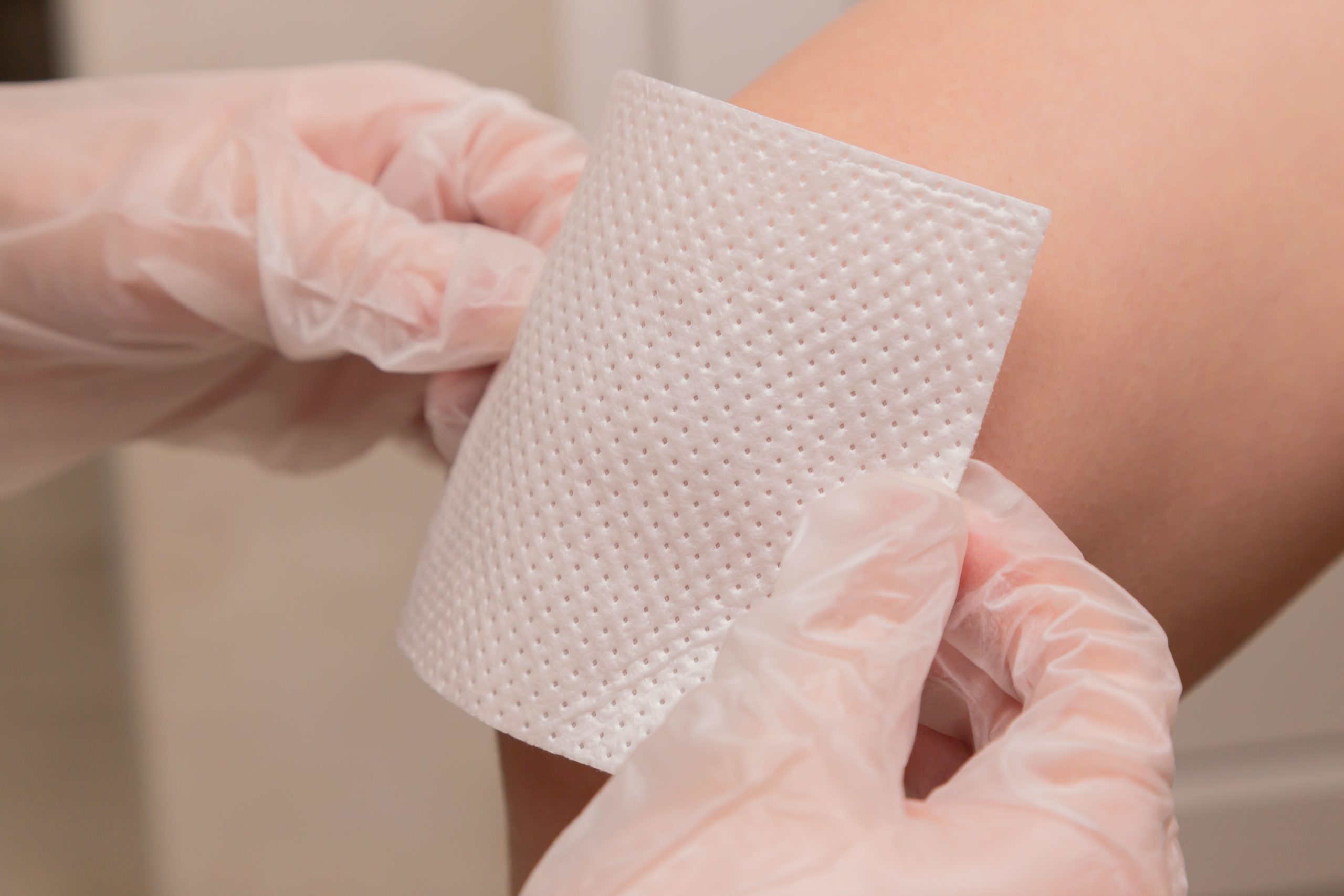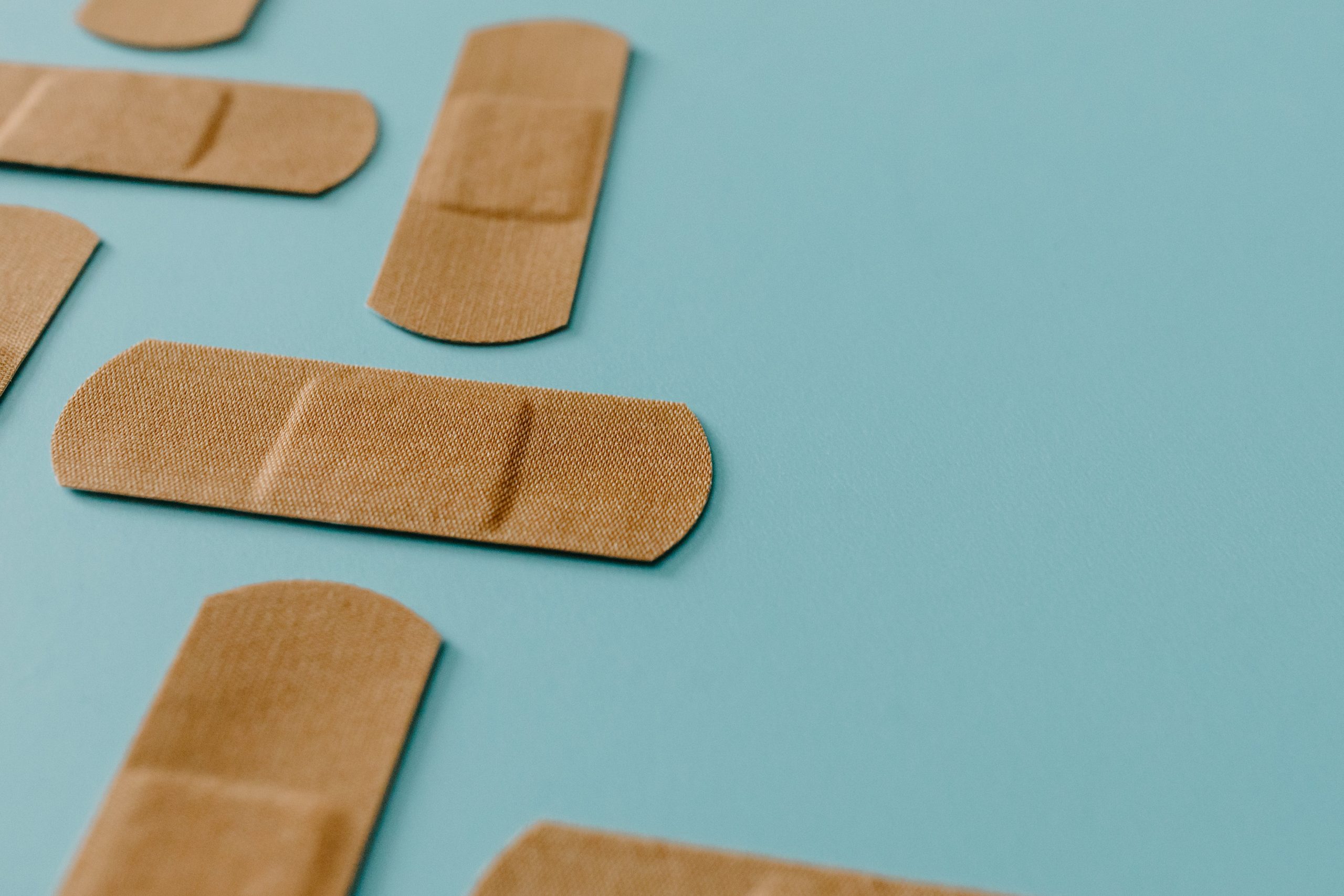Negative Pressure Wound Therapy (NPWT) is a revolutionary modern treatment for chronic and acute wound care. It’s been rapidly gaining traction in the medical community, due to effective results after its introduction as a viable therapy. This type of therapy has gained worldwide acclaim for providing numerous advantages over conventional healing methods. In this post, we delve into what NPWT entails and how it works to assist with wound healing more efficiently than was previously possible.
By understanding the specifics behind why this new technology is so successful, you can be empowered to understand how it can help those who are suffering from severe wounds or skin ulcers quickly obtain relief while averting surgery. Get ready to uncover everything that NPWT has to offer!
Introducing Negative Pressure Wound Therapy (NPWT): What It Is and How It Works
When it comes to wound healing, negative pressure wound therapy (NPWT) is an innovative and effective treatment that has been gaining attention in recent years. This therapy involves using a special pump to apply suction to a wound, which in turn helps facilitate healing by removing excess fluids and stimulating blood flow. Essentially, NPWT creates a vacuum-like environment around the wound, which encourages it to close more quickly and efficiently. While it may sound intimidating, this therapy has been shown to have numerous benefits, including reduced healing time and improved infection control. With its increasing popularity, NPWT is quickly becoming a go-to option for many healthcare providers when it comes to treating complex wounds.
Benefits of NPWT in the Treatment of Chronic Wounds
For those who suffer from chronic wounds, the healing process can be long and frustrating. That’s where Negative Pressure Wound Therapy (NPWT) comes in. This innovative treatment involves the application of vacuum pressure to a wound, which helps to increase blood flow and stimulate the growth of new tissue. Not only does NPWT speed up the healing process, but it also reduces the risk of infection and can minimize scarring. This method is particularly effective for treating wounds that are difficult to heal, such as diabetic ulcers or pressure sores. By removing excess fluid and promoting healthy tissue growth, NPWT can help patients reclaim their quality of life and enjoy a faster, more seamless recovery.
Devices That Can Be Used for NPWT
There is a variety of medical devices available in the market to perform Negative Pressure Wound Therapy (NPWT). These negative pressure wound therapy devices can range from large, stationary equipment to small, portable units that allow for patient mobility. One of the key aspects of implementing Negative Pressure Wound Therapy (NPWT) involves the careful selection and utilization of specially designed NPWT devices, which can significantly influence the treatment’s success and the patient’s comfort. Most commonly used NPWT devices consist of a foam or gauze dressing, a drain tube, and an adjustable vacuum pump.
The foam or gauze, which is applied directly to the wound, is connected via the drain tube to the vacuum pump. The pressure level of the pump is set by a healthcare professional, and it works to continuously or intermittently draw out the wound exudate. In this way, the devices effectively create a controlled, negative-pressure environment conducive to wound healing. Portable devices, in particular, offer the added advantage of minimized disruption to a patient’s daily life, promoting physical activity and overall well-being during the recovery process.
How Does NPWT Work to Aid in Healing Wounds Quickly and Effectively
With the advancement in medical technology, a revolutionary treatment called Negative Pressure Wound Therapy (NPWT) has emerged as a game-changer in the field of wound care. So, what is NPWT exactly? In simple terms, it is a sophisticated wound treatment that uses vacuum pressure to promote healing in wounds that do not close easily through traditional methods. This therapy works by placing a foam or gauze dressing over the wound, sealing it with an adhesive cover, and connecting it to a vacuum system. The vacuum draws away fluids and drainage from the wound, which helps to increase blood flow and stimulate the healing process. The pressure also helps to close the wound to minimize scarring and maximize the healing process. In summary, NPWT is a futuristic therapy that is both quick and effective in healing wounds, making it one of the most preferred treatments in wound care.
Understanding the Different Types of Negative Pressure Applied During Wound Therapy
Wound therapy can be a tricky and complicated process, especially when it comes to negative pressure. There are different types of negative pressure that can be applied to a wound, each with its own unique benefits and drawbacks. Understanding these different types is crucial to ensuring effective treatment and ultimately, faster healing. From continuous negative pressure to intermittent and variable pressure, each technique serves a specific purpose. By working with a healthcare professional and educating yourself on the different options available, you can make informed decisions about your wound care and achieve the best possible outcomes.
What You Can Do to Make Sure Your NPWT Experience is a Positive One
When it comes to negative pressure wound therapy (NPWT), having a positive experience is key to successful healing. Fortunately, there are steps you can take to ensure just that. First and foremost, communicate openly with your healthcare provider about your needs and concerns throughout the process. Additionally, be diligent about keeping your wound clean and following any prescribed care protocols. Staying on top of pain management and inflammation control will also help keep your healing on track. Finally, don’t forget to prioritize your overall well-being by focusing on a healthy diet and exercise routine. By taking an active role in your NPWT experience, you can help ensure the best possible outcome.
Negative Pressure Wound Therapy (NPWT) represents a significant advancement in the treatment of chronic and acute wounds. Its ability to enhance healing and reduce the risk of infection, coupled with its versatility in application, makes it an increasingly popular choice among healthcare providers. Its benefits, however, are not merely clinical; patients using NPWT devices, especially portable ones, can experience an improved quality of life during their recovery. By understanding how this therapy works and participating actively in their care, patients can significantly influence their healing outcomes. As healthcare continues to evolve, therapies like NPWT exemplify the innovation that is transforming patient care and recovery.
Written by bessie@





